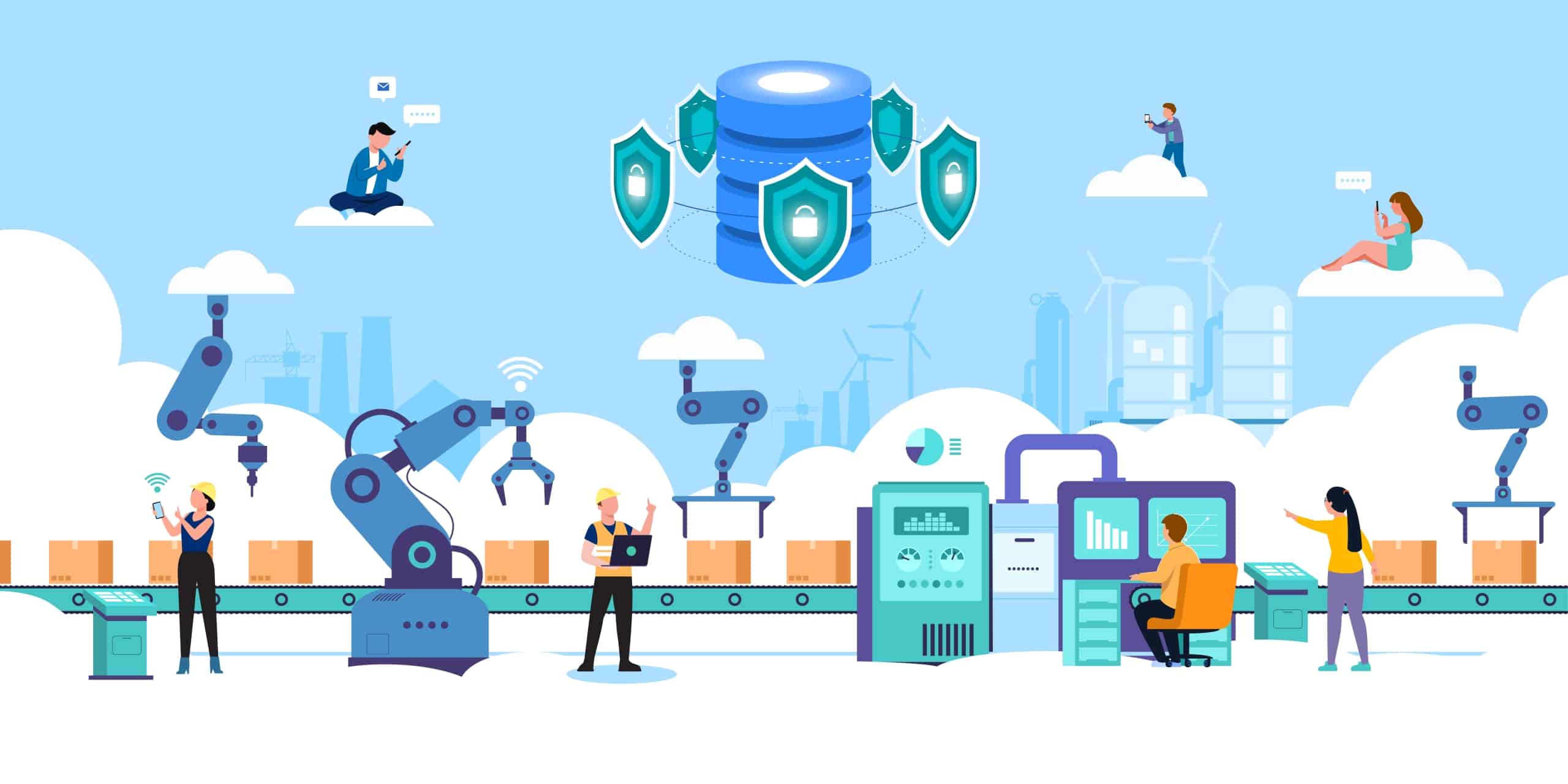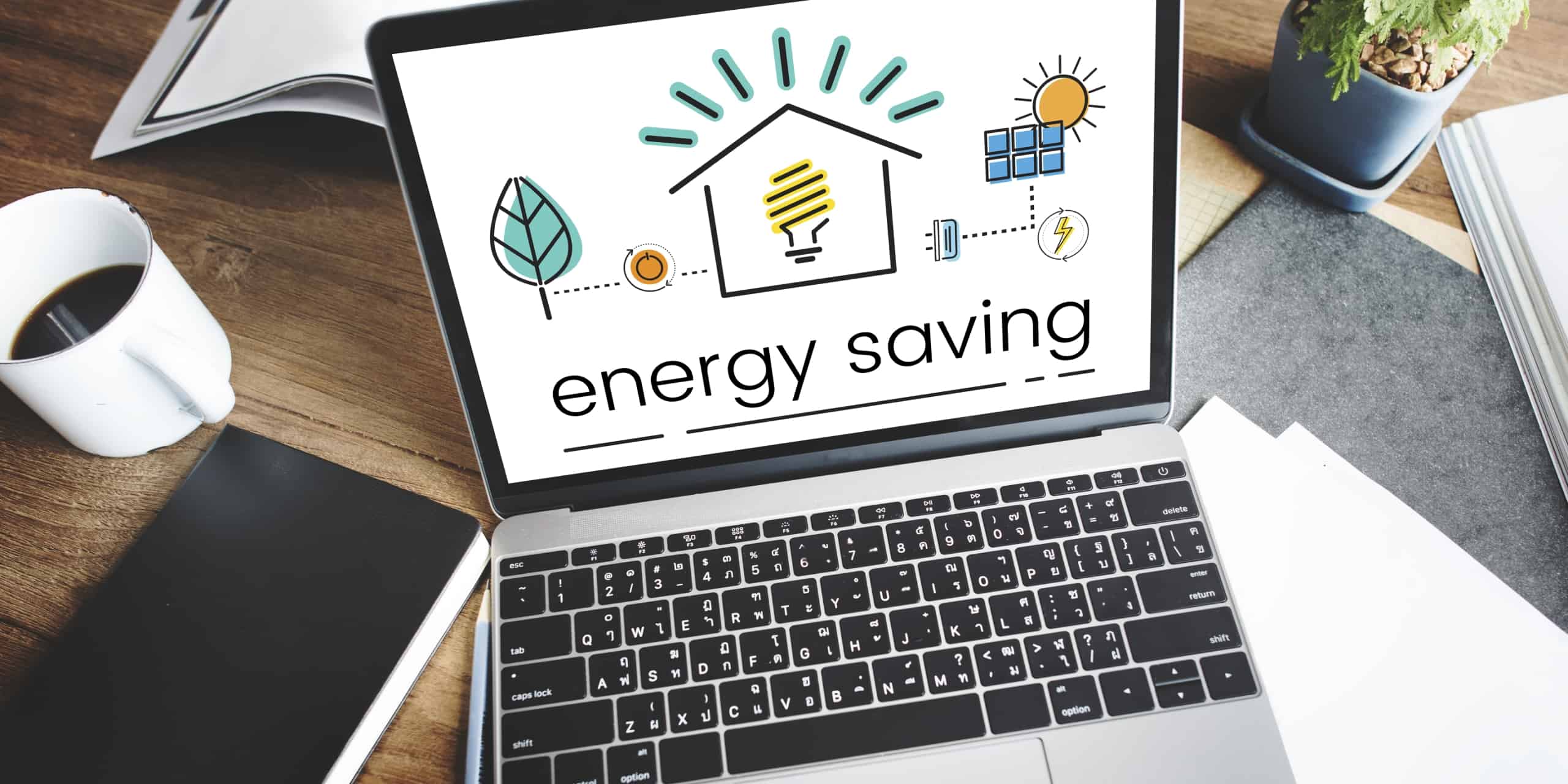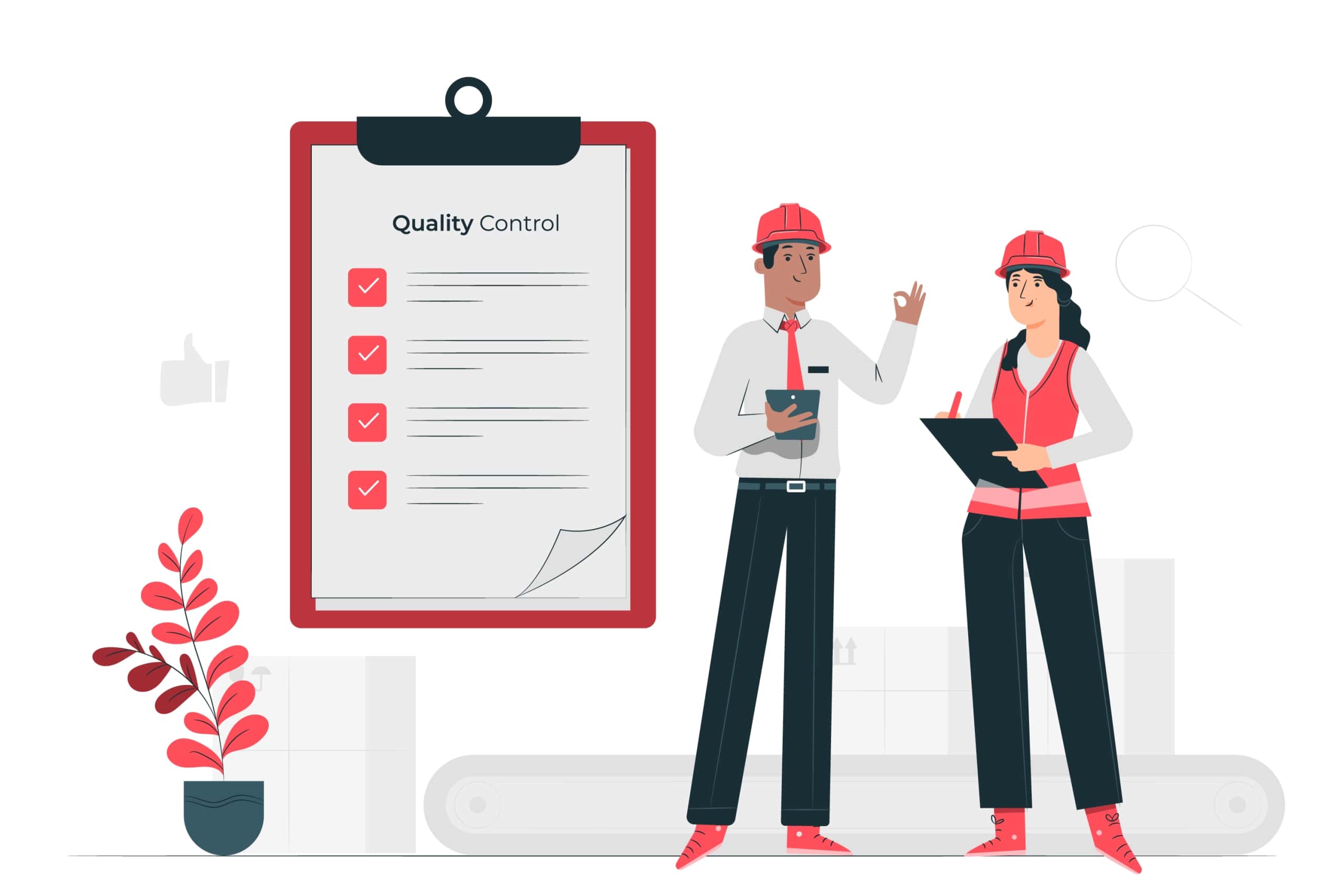1. Rising Maintenance Costs
Due to component wear and tear, maintenance expenses for wet wipes machines typically increase dramatically with age. Production timetables may be affected by the frequent breakdowns of older machinery, which necessitate frequent repairs. These ongoing costs can be controlled at first, but they soon mount up and have an impact on your total profitability. Every repair results in hidden expenses like production delays and lost worker time in addition to the direct expenditures of labor and components.
The availability of spare parts is another issue with older machinery. It might become harder to acquire replacement components when wet wipes manufacturers phase out older models. Repair costs are further increased by the fact that, when parts are available, they are sometimes offered at a premium. Because it may take days or even weeks to get components, this shortage may result in prolonged downtime. Your production line may be idle at this time, which would delay consumer orders and even harm your brand.
Older equipment may need expert personnel who are conversant with legacy systems in addition to parts. Because of their specialized knowledge, these technicians could bill more. Additionally, outdated machinery may not have the diagnostic capabilities of more recent models, which makes it more difficult to find and address problems quickly. This raises the possibility that unnoticed issues would deteriorate over time and require even more costly fixes.
These issues may be resolved by switching to a new wet wipes machine, which offers increased dependability and lower maintenance requirements. Modern machinery is constructed with cutting-edge materials and technology that increase longevity and lower the likelihood of malfunctions. Many have self-diagnostic systems that may identify any problems early, limiting unplanned interruptions and enabling scheduled maintenance. The long-term benefits from lower repair costs, fewer production interruptions, and increased efficiency frequently offset the original investment in new equipment, even if it may appear pricey at first. For producers dealing with rising maintenance expenses, this makes upgrading a wise economic move.
2. Declining Efficiency and Output
Wet wipes machines’ production and efficiency frequently decrease with age, which has a direct effect on your wet wipes manufacturing process’s total productivity. Component deterioration, antiquated technology, and the constraints of earlier designs might eventually lead to reduced production rates, increased energy usage, and uneven product quality. These inefficiencies make it more difficult to stay competitive in the market by raising manufacturing costs and decreasing your capacity to satisfy demand.
Because older equipment is usually not as well-suited for high-speed manufacturing, your workflow may experience bottlenecks. When demand rises or you have to raise production to fulfill big orders, this becomes very troublesome. When a machine is unable to meet production demands, you are forced to work longer hours or hire more workers, both of which might reduce profit margins. Modern wet wipes machines, on the other hand, are built to optimize productivity through improved automation, simpler procedures, and higher production rates, enabling you to create more in less time.
Waste production is another problem with decreasing efficiency. Because older equipment is frequently less precise, too much material is wasted during manufacturing. Costs may rise dramatically as a result, especially if high-end or environmentally friendly raw materials are used. Furthermore, faulty items that fall short of quality requirements might result from outdated equipment producing irregular production. These rejects put an additional burden on your resources since they need to be reworked or disposed of in addition to being waste products.
You may get rid of these inefficiencies and increase your production capacity by switching to modern equipment. Cutting-edge technology, including automated controls and sophisticated sensors, is included in modern wet wipes machines to maximize every step of the production process. These characteristics guarantee steady productivity, cut down on waste, and lessen downtime brought on by inefficiencies. Additionally, modern machinery is frequently built with flexibility in mind, enabling you to swiftly adjust to modifications in market demand or product design without sacrificing production quality or speed.
In the end, deteriorating productivity and efficiency from antiquated machinery can have a domino effect on your company, raising expenses and reducing prospects for expansion. Making an upgrade guarantees that your production process will continue to be effective, economical, and able to satisfy the needs of a cutthroat market.
3. Compliance with New Regulations
Regulations about the wet wipes sector are constantly changing to enhance environmental responsibility, sustainability, and product safety. Older devices may find it difficult to meet the higher standards as governments and industry organizations throughout the world impose more stringent guidelines. It is crucial to assess if your present equipment can fulfill these criteria since non-compliance can result in serious consequences including penalties, product recalls, or even limitations on your ability to trade in some regions.
The move toward environmentally friendly production is one of the most important legislative reforms in recent years. To lessen their impact on the environment, several markets now mandate that wet wipes be made from compostable or biodegradable materials. These newer materials are frequently too difficult for older machinery to handle efficiently, which can result in inefficient manufacturing or lower-quality products. For example, outdated machines might not be able to handle biodegradable materials gently or use certain folding and cutting methods. Investing in a contemporary machine guarantees that you can process these materials with ease, maintaining your goods’ compliance with environmental regulations and their attraction to environmentally concerned customers.
Another area where compliance with older technology might be difficult is with labeling and packaging laws. Certain markets require that certain information, including the material composition, recyclability, or usage directions, be shown on the packaging. Advanced printing and packaging features found in many modern machines enable you to satisfy these demands without the need for extra manual labor. This lowers the possibility of mistakes and guarantees that your goods meet legal requirements.
Standards for product safety are likewise getting stricter. To guarantee that wet wipes are free of impurities and satisfy certain hygienic requirements, regulators could call for more stringent quality control procedures. You run the risk of creating inferior items since older machinery does not have the accuracy and monitoring capabilities needed to ensure constant quality. Making the switch to equipment with built-in quality control features, such as automatic defect detection, and real-time monitoring, helps you exceed safety regulations while cutting waste and raising customer satisfaction.
Following the new rules gives you a competitive edge in addition to avoiding fines. Wet wipes manufacturers may differentiate their goods and improve the reputation of their brands by implementing contemporary machinery that supports safe and sustainable wet wipes manufacturing processes. Compliance is becoming a strategic investment rather than only a legal requirement as buyers and retailers are giving preference to suppliers that show a dedication to upholding the highest standards.
In conclusion, outdated wet wipes machines might not be able to satisfy the needs of contemporary compliance standards as rules continue to change. Investing in modern machinery guarantees that your manufacturing procedures stay in line with industry norms, shielding your company from dangers and opening doors for expansion in regulated markets.
4. Increased Energy and Resource Consumption
The energy efficiency of older wet wipes machines is frequently much lower than that of their contemporary equivalents. Excessive energy use can become a significant financial burden due to increased demand to adopt sustainable practices and rising energy bills. Machines’ motors and mechanical systems deteriorate with age, resulting in inefficient energy use. In addition to increasing operating expenses, this has a detrimental effect on your business’s carbon footprint, which makes it more difficult to fulfill the demands of environmentally concerned customers and comply with sustainability goals.
Older equipment also has the problem of using more resources. The accuracy and control mechanisms needed to reduce production waste are frequently absent from outdated machinery. Higher material waste may arise from this, either via the creation of faulty goods or from the excessive usage of raw materials like fabric, liquids, or packaging. Inaccurate cutting tools or uneven cleaning solution application, for example, might result in wet wipes that are worthless and must be thrown away, raising expenses and decreasing your profit margins.
Modern wet wipers, on the other hand, are made with resource optimization and energy economy in mind. They include cutting-edge features including automated procedures, energy-efficient motors, and intelligent sensors that continuously monitor and modify energy use. Over time, these machines may save a substantial amount of money because they typically use 15–30% less energy than earlier ones. They also include precise procedures that reduce material waste, making sure that every milliliter of liquid and every square meter of cloth are used effectively.
Purchasing new equipment may also present chances to adopt more environmentally friendly production techniques. Many contemporary machines are designed to work with environmentally friendly materials, such as water-based cleaning chemicals or biodegradable textiles, without sacrificing effectiveness or quality. These devices assist producers in achieving a more sustainable production process while preserving competitive pricing by lowering energy and material use.
Addressing excessive energy and resource use can improve your company’s market positioning in addition to saving money. Products made with sustainability in mind are becoming more and more popular with consumers and merchants. In addition to improving your bottom line, exhibiting a dedication to cutting waste and energy usage enhances the marketability and reputation of your business.
In the end, outdated wet wipes machines’ higher energy and resource consumption can have a big effect on sustainability initiatives and operating expenses. Modern equipment upgrades provide two advantages: they save expenses and promote ecologically friendly manufacturing methods, setting up your company for long-term success.
5. Quality Control and Product Consistency
Since consumers demand that wet wipes satisfy strict performance, uniformity, and hygiene requirements, quality control is essential to the production process. Older equipment, however, frequently lacks the accuracy and cutting-edge technology required to provide consistent wet wipes on a large scale. Variations in size, moisture content, or packing quality brought on by inconsistent production can raise rejection rates and increase waste. If inferior items are released onto the market, these flaws can harm your reputation and erode profit margins.
It might be challenging to maintain consistent quality with older equipment since they usually have antiquated mechanical systems that mostly rely on human adjustments. For example, problems like misplaced packing, uneven cutting, or improper liquid pouring might affect how well the finished product works and looks. Customers may become irritated by these discrepancies, particularly in sectors where wet wipes are utilized for delicate tasks like newborn care or medical applications. Recurring quality problems over time can result in diminished brand loyalty, lost trust, and unhappy customers.
On the other hand, contemporary wet wipes machines come with sophisticated quality control systems that guarantee product uniformity. Technologies like automatic sensors, real-time monitoring, and precise controls maintain accurate requirements for each wipe created. For instance, sophisticated cutting processes provide consistent dimensions, and automated liquid dispensing systems guarantee that each wipe includes the appropriate amount of cleaning solution. By lowering the requirement for manual intervention, these characteristics not only lower the chance of faults but also improve wet wipes manufacturing process efficiency.
The use of data analytics for quality control is another benefit of switching to modern equipment. Smart systems that gather and evaluate production data in real-time are installed in a lot of contemporary equipment. These systems can identify irregularities, such an abrupt shift in material tension or a variation in moisture content, and automatically modify the machine’s functioning to address the problem. This degree of accuracy lowers the possibility of consumer complaints or recalls by ensuring that every product leaving your plant satisfies the highest standards.
Furthermore, establishing and preserving solid connections with distributors and retailers requires constant product quality. Because it lowers the possibility of returns and increases consumer satisfaction, retailers are more willing to carry goods from producers that provide consistent quality. Upgrading to a contemporary machine with sophisticated quality control features can help you satisfy end-user and retailer standards and improve your market position.
In conclusion, using antiquated equipment to maintain quality control and product uniformity can be difficult and expensive. Investing in a contemporary wet wipes machine can guarantee that your goods fulfill exacting quality requirements, cut down on waste, and improve customer satisfaction—all of which will contribute to the expansion and prosperity of your company.
6. Future Growth and Scalability
For any wet wipes company to succeed in the long run in the cutthroat market of today, the capacity to expand operations and adjust to rising demand is crucial. Older machinery, however, frequently lacks the adaptability and capability to handle higher production levels or new product variants. Relying on antiquated machinery might cause production line bottlenecks as your company expands, making it more difficult to take advantage of new possibilities and satisfy client demands. In an industry that moves quickly, this incapacity to expand might impede your growth and make you less competitive.
The fixed design of older machines is one of their main drawbacks, which frequently limits the kinds of wet wipes they can generate. For instance, they might not be able to create novel wipe forms like embossed or multi-layered wipes or manage novel materials like biodegradable textiles. This inflexibility may make it difficult for you to adapt to new trends or break into untapped areas that require specialist goods. Investing in a contemporary machine gives you the scalability you need to expand your product line, meet the needs of specialized markets, and outperform rivals.
Furthermore, as your company grows, the higher production quantities needed are sometimes too much for outdated machinery to handle. To accommodate rising demand, obsolete equipment may be overworked, which can result in more frequent failures, decreased efficiency, and greater maintenance expenses. Modern machines, on the other hand, are built to scale. They are designed to function at quicker rates, manage larger capacity, and keep quality constant even during long production runs. As a result, you can easily expand your business without sacrificing productivity or product quality.
Another essential component of scalability is flexibility. Modular designs are a common characteristic of modern wet wipes machines, allowing wet wipes manufacturers to extend or modify their manufacturing lines as necessary. To improve automation, add additional materials, or create various package formats, for example, you might add components. In addition to fostering present expansion, this flexibility positions your company to react swiftly to upcoming market needs or legislative modifications.
Investing in new equipment also puts your company in a position to take advantage of global expansion prospects. Producing goods that satisfy a range of customer preferences and legal criteria is frequently necessary when entering new markets. Modern machinery makes it simple to modify manufacturing parameters to conform to regional norms, allowing you the freedom to expand your business internationally.
Furthermore, having scalable manufacturing capacity helps improve links with retailers and distributors. You become a more dependable partner when you can regularly fulfill big orders and adjust to shifting expectations. Maintaining development in cutthroat marketplaces requires long-term partnerships and trust, both of which are fostered by this dependability.
In summary, the drawbacks of outdated wet wipes equipment might hinder your expansion and flexibility in response to shifting market conditions. Your wet wipes manufacturing line will be able to effectively handle rising demand, expand its product offers, and seize new possibilities if you invest in contemporary, scalable equipment. You may prepare your company for long-term success and development in a changing industry by future-proofing your operations.
7. Enhanced Safety and Operator Training
Every wet wipes manufacturing process, including the creation of wet wipes, must take safety into account. Older machinery sometimes lacks the sophisticated safety safeguards featured in more recent models, increasing the possibility of mishaps and operator injury. In addition to putting your employees at risk, using antiquated equipment can result in compliance problems and possible legal ramifications as safety requirements get stricter. A safer workplace and increased productivity are guaranteed when you switch to newer equipment with integrated safety features.
The basic safety precautions built into older devices may not be sufficient to shield users from electrical hazards, moving parts, and other dangers. Furthermore, even the few safety precautions these machines do have may be compromised by wear and tear over time, which raises the risk of accidents even more. In addition to immediate costs like medical bills and compensation claims, these kinds of accidents often cause indirect losses like lost productivity, low morale, and harm to one’s reputation.
On the other hand, contemporary wet wipes machines come with cutting-edge safety features that are intended to reduce hazards. These might include motion sensors that identify when an operator is too near potentially dangerous places, emergency stop buttons, safety guards, and automated shutdown systems. These characteristics guarantee adherence to modern safety regulations and lessen the possibility that human mistakes may result in mishaps. Purchasing safer equipment can safeguard your employees and lessen the possibility of expensive disruptions brought on by accidents at work.
Modern machines also provide substantial advantages in the field of operator training, in addition to safety. It might be difficult for operators to become proficient in the manual changes and monitoring that older devices frequently demand. There may be a significant learning curve when new employees are trained on these devices, which might result in inefficiencies and higher mistake rates. Additionally, operators may find it more difficult to recognize and address problems quickly if there are no clear controls or real-time feedback.
On the other hand, modern machines are built with automation capabilities and user-friendly interfaces that make operations easier and require less extensive training. Step-by-step instructions, touchscreen controls, and real-time diagnostics enable even inexperienced operators to effectively manage production. In order to assist operators become rapidly and safely acquainted with the equipment, many of the more recent versions also come with training modes or virtual simulations.
Increased job satisfaction among your employees is also a result of simpler training and improved safety. When given tools that emphasize their well-being and make their work simpler, employees are more likely to feel appreciated and motivated. In the end, this improves your total production efficiency and product quality by lowering turnover rates and creating a more knowledgeable, experienced workforce.
In conclusion, a proactive measure to guarantee a safer, more effective, and more productive production environment is to upgrade to contemporary wet wipes machines with improved safety features and streamlined operator training. By putting your employees’ health first and providing them with technology that is easy to use, you can lower risks and expenses while simultaneously fostering a productive work environment that promotes long-term success.








